 In my last post, I mentioned that I’ve been working on a novella (and shared some reasons why you should write one of your own!). This week, I’ve been drafting a blurb to go along with said novella, and I’m finally ready to officially introduce you to the story! (Eep!)
In my last post, I mentioned that I’ve been working on a novella (and shared some reasons why you should write one of your own!). This week, I’ve been drafting a blurb to go along with said novella, and I’m finally ready to officially introduce you to the story! (Eep!)
Are you ready, friend? The title of my novella is THESE SAVAGE BONES, and here’s your first peek at the story:
Mexico, 1875. Twenty-three-year old Esperanza de la Rosa knows more about steam engines and electromagnetics than a proper lady should. Fiercely independent, she’s more interested in science and superstition than finding a suitor.
When Esperanza’s uncle is murdered during a festival celebrating the Day of the Dead, her world is shaken. To catch the killer, she must accept the help of the last person she wants to see—her ex-fiancé Alejandro Valladares, a gentleman turned bounty hunter with a troubled past.
Thrust into a tangled web of secrets and lies that threaten to destroy everything she thought she knew, Esperanza must uncover the truth and bring her uncle’s murderer to justice or the guilt of her failure will haunt her forever.
I’m pretty pumped about this story, and I’m excited to finally be sharing the details with you! So when will THESE SAVAGE BONES be available? I’m currently planning on an October 25th release. I’ll also be revealing the cover on October 1st, so stay tuned! (Spoiler alert: it’s amazingly gorgeous).
I’m not gonna lie though, writing that blurb was hard. Which is why today I want to share with you what I learned about writing a blurb so that hopefully you’ll have an easier time of it than I did!
What is a Book Blurb?
A blurb is the description of the story found on the back cover of a book. It’s brief–no more than 100-150 words–and creates interest in the story without giving away major spoilers or the ending.
Basically, the name of the game with a blurb is to entice readers to buy your book. Now, that’s a lot of pressure to condense a 50,000+ word novel into 150 words or less in a way that will convince readers to buy. Where do you even begin?
There are many different ways to write & organize a book blurb, but today I’m going to try to simplify the process for you by breaking it down into two main sections: 1) The hero before the story’s issue, and 2) The hero after the issue is introduced. In both sections, I’ll share the must-haves you’ll need to include to make your blurb work.
Sound like a plan? Let’s get started!
Part 1: Set the Stage
This part of the blurb is a quick snapshot that shows “the calm before the storm” before the hero’s life is turned upside down. It introduces a) the hero, b) the setting, and c) the hero’s life before the story begins.
A. The Hero
When you introduce your hero in your blurb, you want to accomplish two things: 1) give the reader a feel for what the hero is like, and 2) create interest in the hero.
To quickly acquaint the reader with your hero, mention his profession and/or the role he identifies with. Is he a police officer? Retired soldier? Stay-at-home father? Starving artist? College student? Also, try to use adjectives to sum up what your character is like such as adventurous, street-smart, reckless, outcast, etc.
Next, you want to highlight the most interesting aspects of your hero. Is he a starving artist by day and a master art forger by night? Is he hiding magical powers? Is he on the high school football team but secretly practices ballet? Let readers know what makes him stand out!
Here are some examples of character description in book blurbs:
“Cinder, a gifted mechanic, is a cyborg.” (Cinder by Marissa Meyer)
“Lena Duchannes is unlike anyone the small Southern town of Gatlin has ever seen, and she’s struggling to conceal her power, and a curse that has haunted her family for generations.” (Beautiful Creatures by Kami Garcia and Margaret Stohl)
“Art student and monster’s apprentice Karou finally has the answers she has always sought.” (Days of Blood and Starlight by Laini Taylor)
“Known among locals as the daughter of a brothel prostitute, Josie wants more out of life than the Big Easy has to offer.” (Out of the Easy by Ruta Sepetys)
B. The Setting
You don’t have to mention the setting, but it can help set the mood for your book and also attract readers with an interest in that setting.
The only exception to this is if you’re writing historical fiction or fantasy—then including the setting in your blurb is a must. For historical fiction, you’ll want to mention the time-period and place, and with fantasy you’ll need to introduce the reader to the world you’ve created. Here are a few examples.
Fantasy Settings
“In the ruins of a place once known as North America lies the nation of Panem, a shining Capitol surrounded by twelve outlying districts.” (The Hunger Games by Suzanne Collins)
“Humans and androids crowd the raucous streets of New Beijing. A deadly plague ravages the population. From space, a ruthless lunar people watch, waiting to make their move.” (Cinder by Marissa Meyer)
“But even within the overgrown gardens, murky swamps and crumbling graveyards of the forgotten South, a secret cannot stay hidden forever.” (Beautiful Creatures by Kami Garcia and Margaret Stohl)
Historical Fiction Settings
“It’s 1950, and as the French Quarter of New Orleans simmers with secrets, seventeen-year-old Josie Moraine is silently stirring a pot of her own.” (Out of the Easy by Ruta Sepetys)
“It is 1939. Nazi Germany. The country is holding its breath. Death has never been busier, and will become busier still.” (The Book Thief by Markus Zusak)
“World War II is drawing to a close in East Prussia and thousands of refugees are on a desperate trek toward freedom, many with something to hide.” (Salt to the Sea by Ruta Sepetys)
C. Current Situation in Life, Dreams, Desires, etc.
This is optional, but you could provide the reader with a quick snapshot of what the hero’s life is like before the story begins. Do they have a perfect life with everything they’ve ever wanted before it’s suddenly torn away? Do they have plans to attend an Ivy League school before those hopes are suddenly dashed?
Revealing these sorts of details can provide a nice contrast to the disaster that’s about to befall the hero, help characterize the hero, and create sympathy in the reader. Consider whether your hero’s “before” might be worth mentioning.
For example, in the blurb from Cinder, look at the second sentence that goes on to further describe our heroine:
“Cinder, a gifted mechanic, is a cyborg. She’s a second-class citizen with a mysterious past, reviled by her stepmother and blamed for her stepsister’s illness.”
This snippet gives us a little peek into what Cinder’s life is currently like, and it’s pretty dismal. This helps create sympathy in the reader and already puts us on Cinder’s side.
Part 2: Introduce the Problem
This part of the blurb is the big “But when…” that a) reveals the problem that’s about to turn the hero’s life upside down and thus begin our story. It also lets the reader know b) what the hero is setting out to accomplish, c) what opposition or obstacles are standing in his way, and d) what’s at stake. Let’s look at a few examples.
Example 1: “But when her life becomes intertwined with the handsome Prince Kai’s, she suddenly finds herself at the center of an intergalactic struggle, and a forbidden attraction. Caught between duty and freedom, loyalty and betrayal, she must uncover secrets about her past in order to protect her world’s future.” (Cinder by Marissa Meyer)
A. What’s the problem? Cinder is mixed up in an “intergalactic struggle” and a “forbidden attraction.”
B. What’s her goal? “She must uncover secrets about her past in order to protect her world’s future.”
C. What’s standing in her way? She’s “caught between duty and freedom, loyalty and betrayal.”
D. What’s at stake? “Her world’s future.”
Example 2: “Sixteen-year-old Katniss Everdeen, who lives alone with her mother and younger sister, regards it as a death sentence when she is forced to represent her district in the Games. The terrain, rules, and level of audience participation may change but one thing is constant: kill or be killed. (The Hunger Games by Suzanne Collins)
A. What’s the problem? Katniss is “forced to represent her district in the Games.”
B. What’s her goal? Surviving and winning the games.
C. What’s standing in her way? She must “kill or be killed,” and the blurb hints that the changing terrain and rules as well as the audience might also pose obstacles.
D. What’s at stake? Katniss’ life.
Example 3: “Kaz is offered a chance at a deadly heist that could make him rich beyond his wildest dreams. But he can’t pull it off alone… Six dangerous outcasts. One impossible heist. Kaz’s crew is the only thing that might stand between the world and destruction―if they don’t kill each other first.” (Six of Crows by Leigh Bardugo)
A. What’s the problem? Kaz needs to assemble a crew to pull off a “deadly heist.”
B. What’s his goal? Pulling off the heist and becoming rich.
C. What’s standing in his way? The heist is described as “deadly” and “impossible” which suggests this won’t be easy. It’s also implied there will be internal conflict within the band of criminals with the line “if they don’t kill each other first.”
D. What’s at stake? If he succeeds, the heist will make Kaz “rich beyond his wildest dreams.” On the other hand, “Kaz’s crew is the only thing that might stand between the world and destruction.”
 Whatever information you choose to include in your blurb, just make sure you keep it short and sweet and arouse the reader’s curiosity.
Whatever information you choose to include in your blurb, just make sure you keep it short and sweet and arouse the reader’s curiosity.
Remember, the blurb is about teasing readers with your story and enticing them to (hopefully) buy. You don’t have to include every detail, but make sure you include just enough to get readers itching to pick up your book.
Also, I would LOVE to hear your thoughts on my blurb for THESE SAVAGE BONES! Does it make you interested to read the story? Let me know in the comments below!










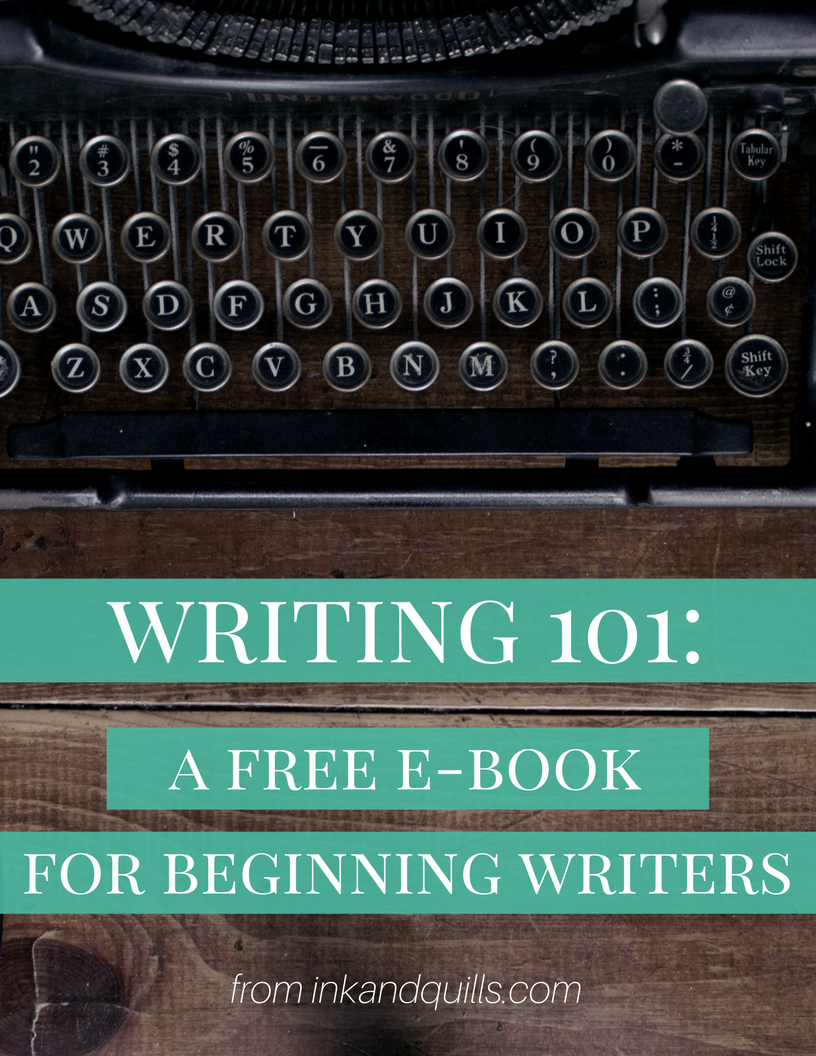

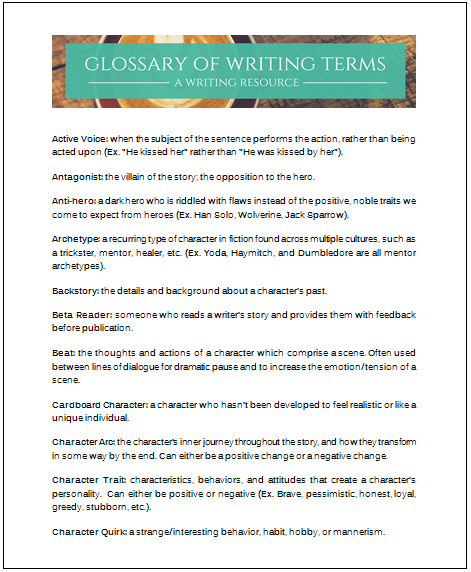

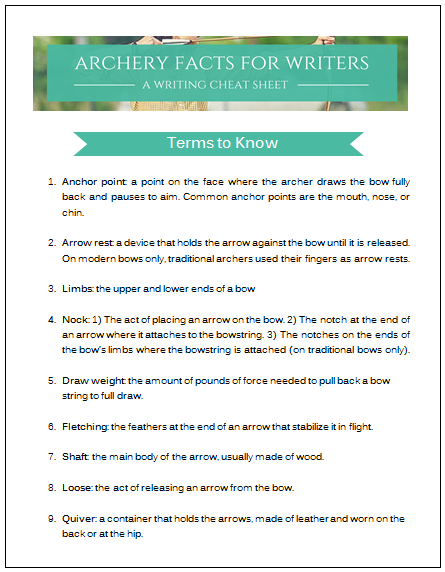



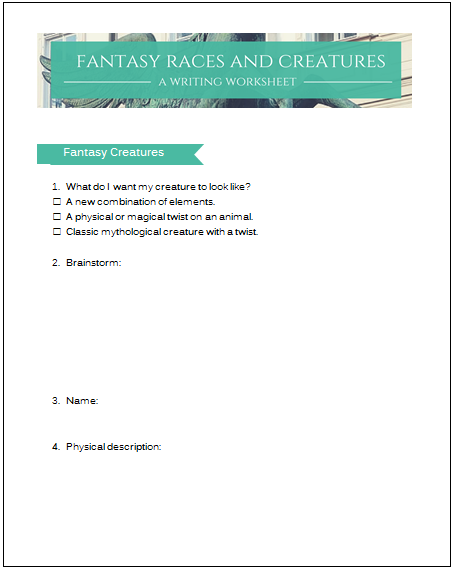


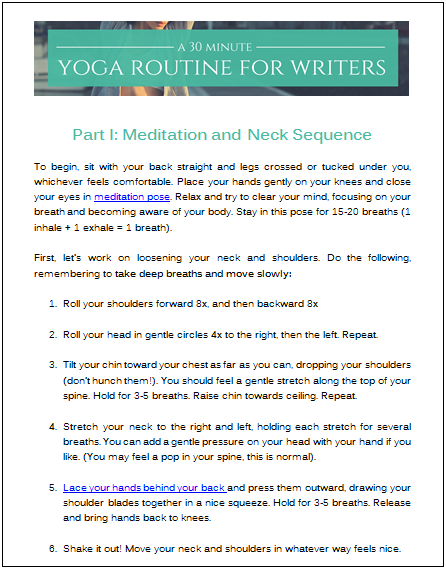
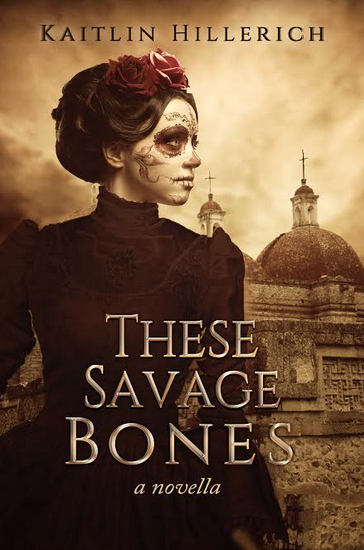
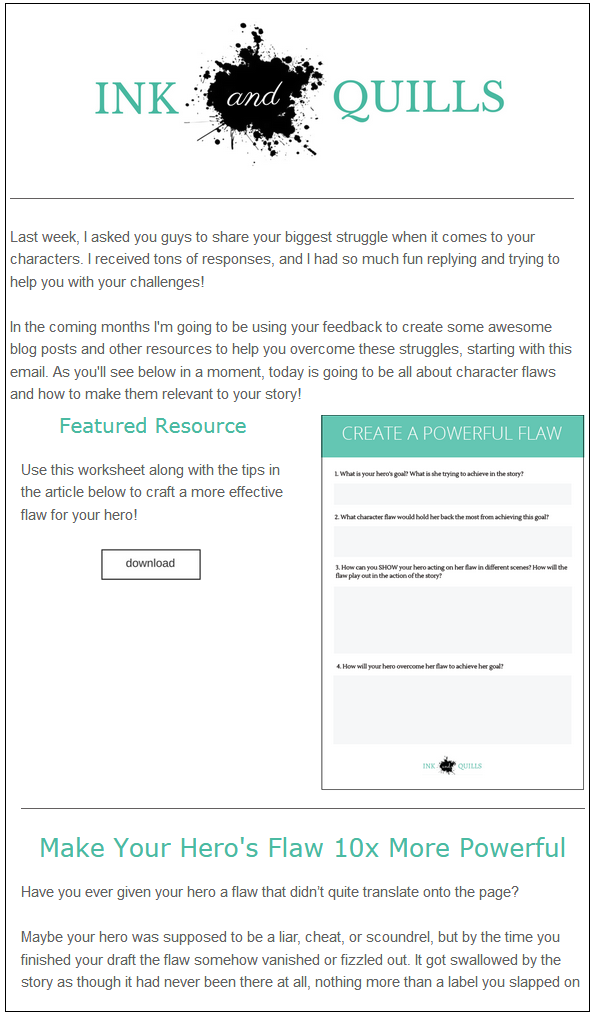
Excellent and timely!
Thanks for another excellent and helpful article. Your book sounds exciting and your blurb does a good job of setting the scene. The title is great too. Very dramatic.
Great post! It’s crazy how difficult it is to write a paragraph or two about your book. So much need to go in that blurb and you summed this up very nicely.
Hey,
Good post! Darn handy too, since I have to do one soon for my first published book.
So, I’ve been considering yours – which does sound really good (& fun).
And I’ve got a couple thoughts/questions.
Love that your MC is into electromagnetics & steam engines. Does that mean it’s a steampunk story?
Also makes me wonder if her uncle gets killed because of something she did with that knowledge or something she learned that someone didn’t want her to. That would seem to me to make the guilt mentioned later even greater and more of a burden.
Btw, is Alejandro a gentleman with a troubled past who becomes a bounty hunter?
Is her world shaken, which doesn’t seem that intense … or jolted?
Does her interest in the steam engines & electromagnetics somehow help her solve the mystery? Because that seems like it could be a cool thru-line (& maybe a good example for STEM interested readers). And if so, should it somehow be squeezed into the blurb?
OK, just one more. If Esperanza doesn’t find her uncle’s murderer, is the possibility of her having to live with that failure & guilt really a high enough stake?
Sorry I rambled so much. Great subject. As you can see, it really got me thinking.
*SQUEE* Kaitlin, that blurb for TSB was soooo phenomenal. I seriously cannot wait to read it. Thanks for the awesome blurb outline guide, too. So helpful! You rock, my friend. 🙂
Thanks so much, Kristen! 😀 I can’t wait for you to read it either!
I love to read book blurbs when I am looking to write one. Especially blurbs for books I’ve already read — it helps if I’ve read those books multiple times, too. Why? Because then I’m familiar enough with the story to *really* understand what the blurb is attempting to do.
I’ve got an alternate history fantasy I’ve been working on for many years now. It’s working title is CAGER’S DILEMMA. Here’s the blurb I wrote for it:
___
It’s 1864. The US Civil War has been raging for years, and the Union and the Confederacy have both recruited witches to help them fight for their cause.
Cager Hapgood, a lovestruck Union officer, has convinced three of his friends to join him in desertion. Using the chaos of the Battle of the Crater to hide his flight, Cager leaves his regiment to marry his beloved Anastasiya, but she is a no-show. The Union, however, has dispatched soldiers to capture Cager and his friends and bring them back to be tried…and hung.
Meanwhile, Anastasiya has met up with Americus witch Cally Harridan to become a spy, but Stasya discovers that being a spy under the command of the Union’s witches has an unexpected price.
Will Cager find and marry Stasya before the Union captures him and his friends? Can Stasya afford the price the Woburn Witches require of her in return for her espionage? And what of the witches themselves? What is their role in this bloody and deadly civil war?
___
The only “spoilers” in that blurb come from the beginning of the book. The blurb describes the problems faced by Cager and Stasya, then poses the questions I intend to the reader to have in mind as the story plays out. This is a tentative blurb, though, as I’ve no doubt it needs improvement. (I even have a sequel planned, and it’s working title is THE DAKOTA WITCH.)
Some of the work for this blurb came about as a result of a screenwriting class I took when I was pursuing my BSc in Digital Media and Web Technologies. It was the result of an idea used in the film industry, the logline (a one- to two-sentence summary of what the film is about).
There are lots of unexpected surprises in this story that aren’t even remotely hinted at in the blurb.
Excellent post! It’s amazing how something that seems like it should be so simple is actually so difficult to do well. 🙂